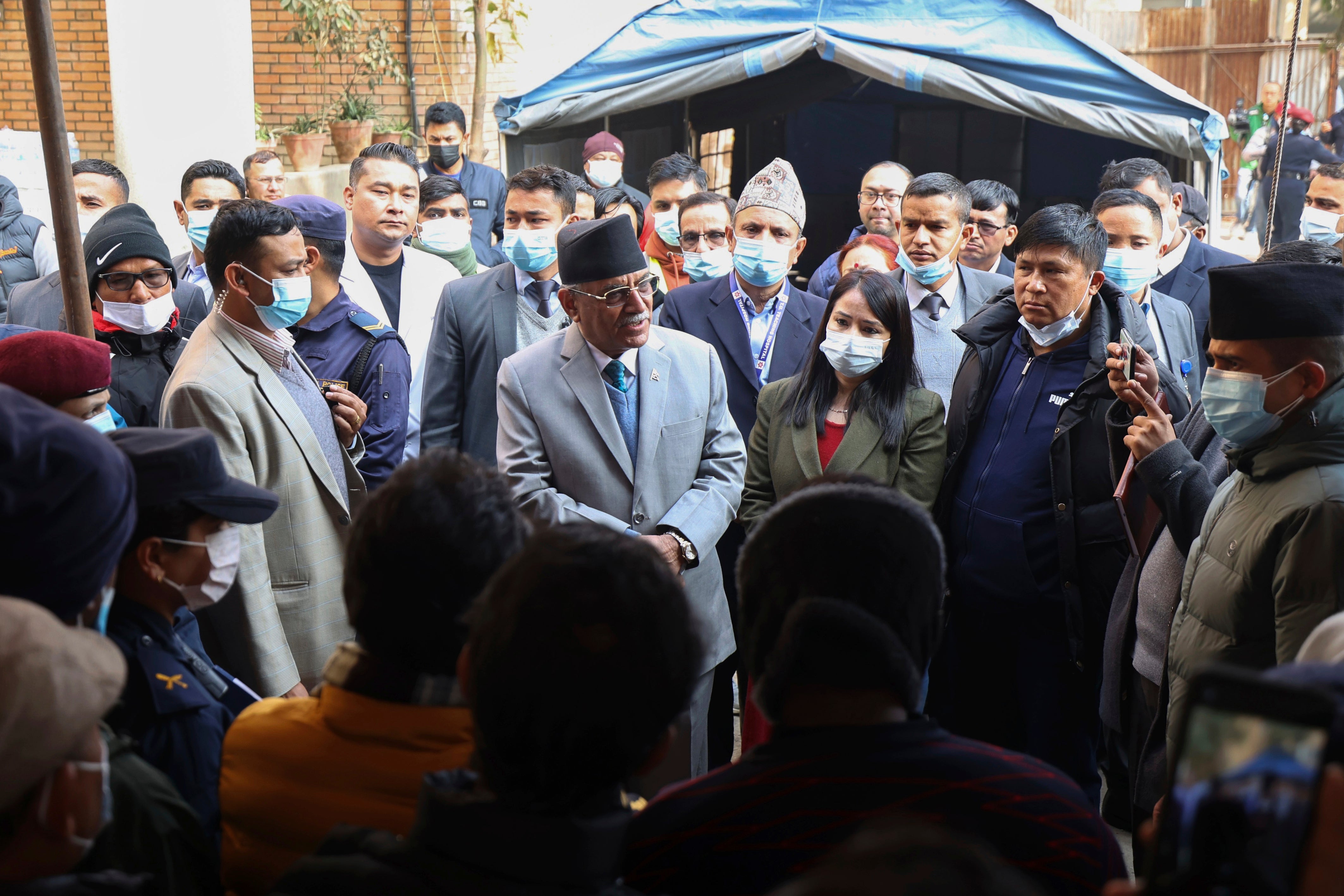Nepal crash: Airport had no instrument landing system
An official in Nepal says the new airport where a Yeti Airlines plane was attempting to land when it crashed over the weekend, killing all 72 on board, did not have a functioning instrument landing system that guides planes to the runway

The newly opened airport in Nepal where a Yeti Airlines plane was attempting to land when it crashed over the weekend, killing all 72 on board, did not have a functioning instrument landing system that guides planes to the runway, an official said Thursday. Aviation safety experts said it reflects the Himalayan country's poor air safety record, although the cause of the accident has not been determined.
Jagannath Niroula, a spokesperson for Nepal’s Civil Aviation Authority, said Pokhara International Airport’s instrument landing system will not be working until Feb. 26 -- 56 days after the airport began operations on Jan. 1.
An instrument landing system helps airplanes fly safely when the pilot is unable to maintain visual contact with surrounding obstacles and the ground, mainly due to weather conditions or at nighttime. Pilots can also fly by sight rather than relying on instruments.
Pilots say mountainous Nepal, where in-flight visibility problems are common, can be a difficult place to fly, but conditions at the time of the crash were good, with low winds, clear skies and temperatures well above freezing. While it's still not clear what caused the crash, some aviation experts say video taken from the ground of the plane’s last moments indicated it went into a stall, although it’s unclear why.
Amit Singh, an experienced pilot and founder of India’s Safety Matters Foundation, said the lack of an instrument landing system or navigational aids could be a “contributory cause” of the crash and pointed to a “notoriously bad air safety culture in Nepal.”
“Flying in Nepal becomes challenging if you don’t have navigational aids and puts an extra workload on the pilot whenever they experience problems during a flight,” Singh said. “Lack of an instrument landing system only reaffirms that Nepal’s air safety culture is not adequate.”
Yeti Airlines said the plane's cockpit voice recorder will be analyzed locally, but the flight data recorder will be sent to France. Both were retrieved Monday.
The twin-engine ATR 72-500 aircraft was flying from the capital, Kathmandu, to Pokhara, 200 kilometers (125 miles) to the west, when it plummeted into a gorge as it was approaching the airport. The crash site is about 1.6 kilometers (one mile) from the runway at an elevation of about 820 meters (2,700 feet).
The crash is Nepal's deadliest since 1992, when a Pakistan International Airlines plane plowed into a hill as it tried to land in Kathmandu, killing all 167 people on board. There have been 42 fatal plane crashes in Nepal since 1946, according to the Safety Matters Foundation.
A 2019 safety report from Nepal’s Civil Aviation Authority said the country’s “hostile topography” and “diverse weather patterns” were the biggest dangers to flights in the country.
The European Union has banned airlines from Nepal from flying to the 27-nation bloc since 2013, citing weak safety standards. In 2017, the International Civil Aviation Organization cited improvements in Nepal’s aviation sector, but the EU continues to demand administrative reforms.
Bookmark popover
Removed from bookmarks